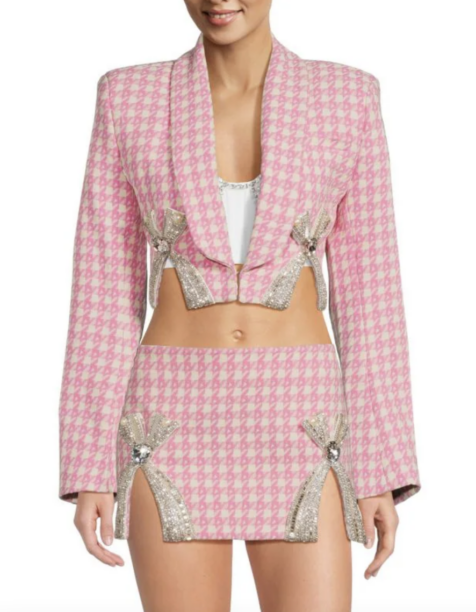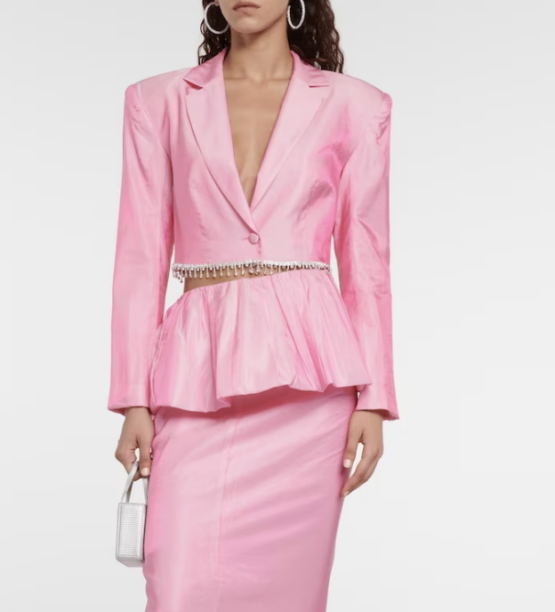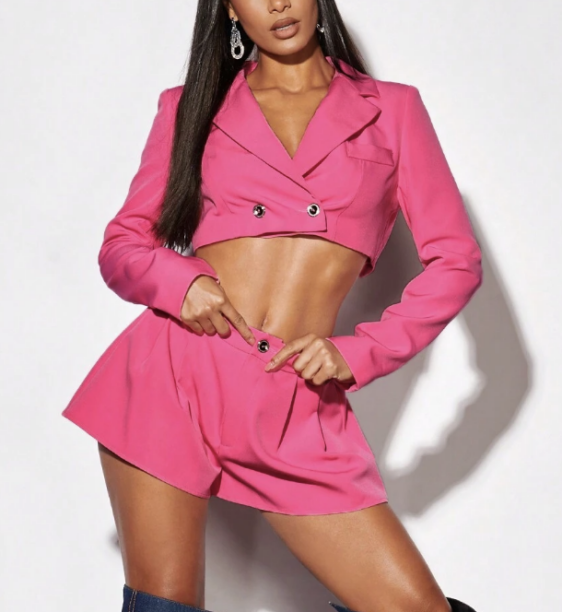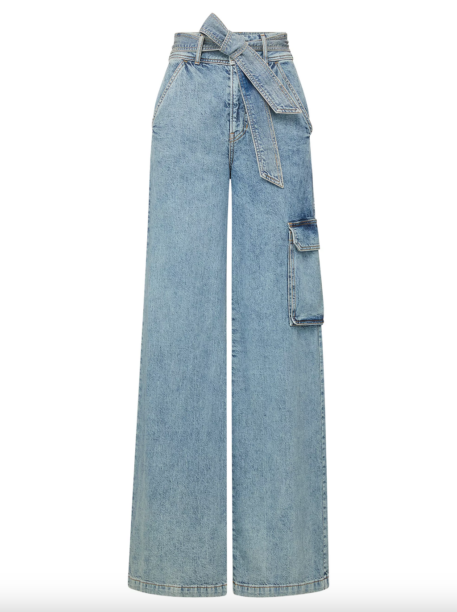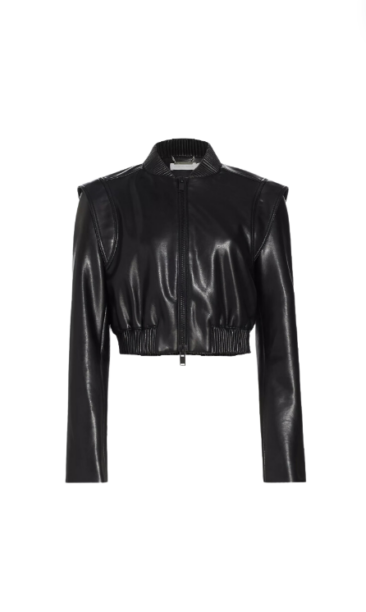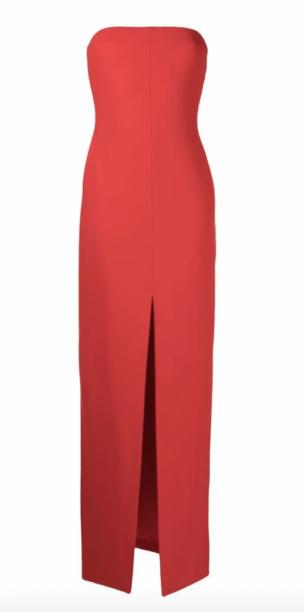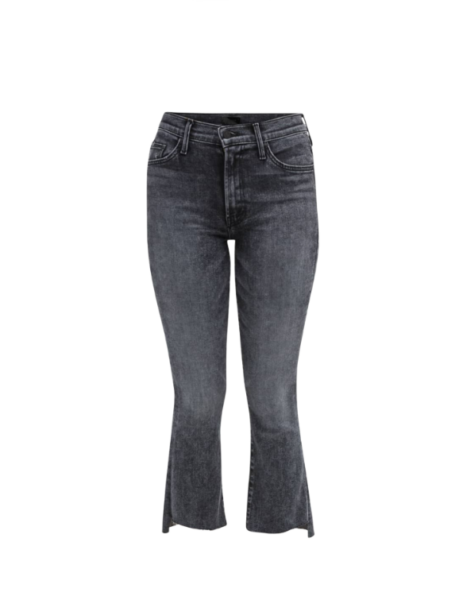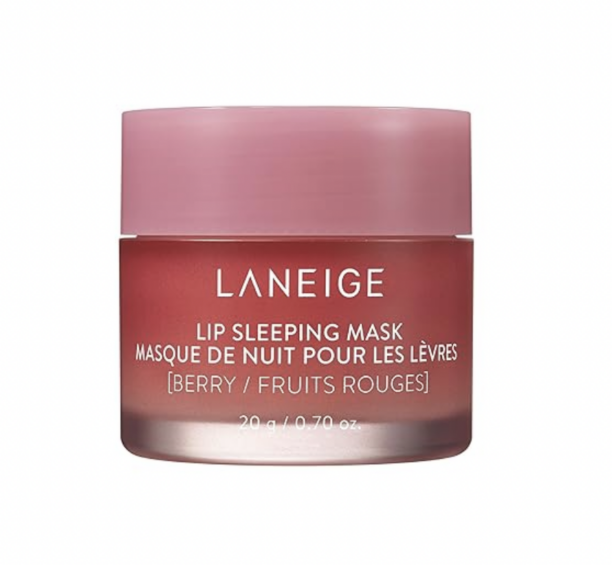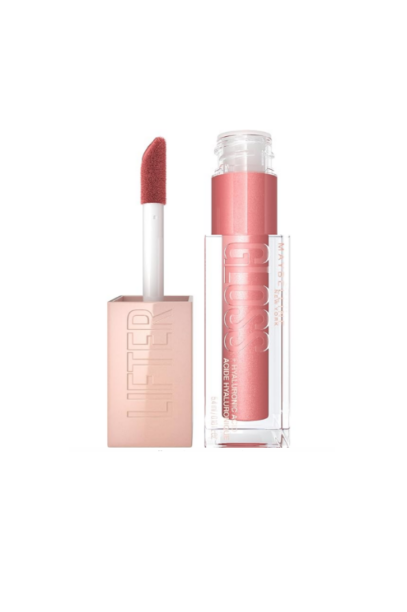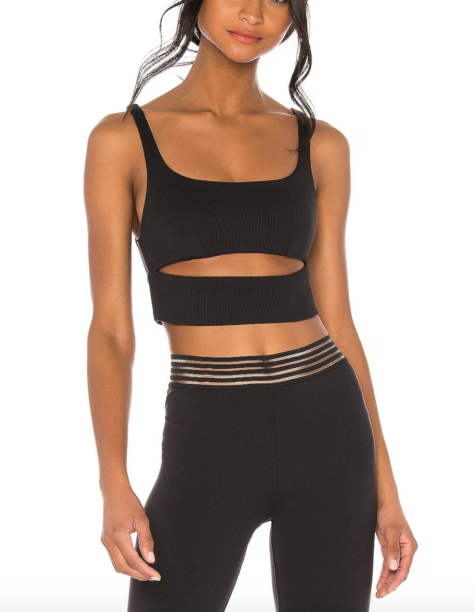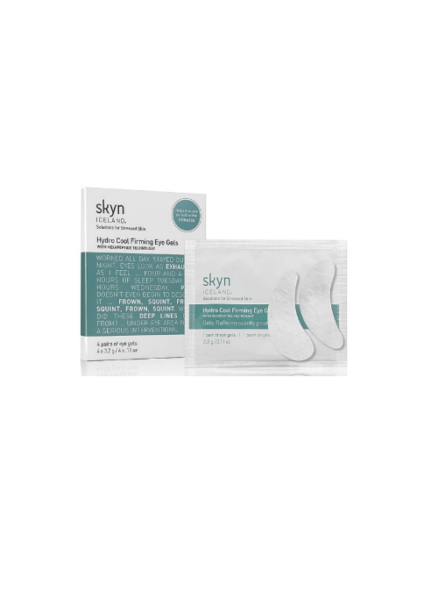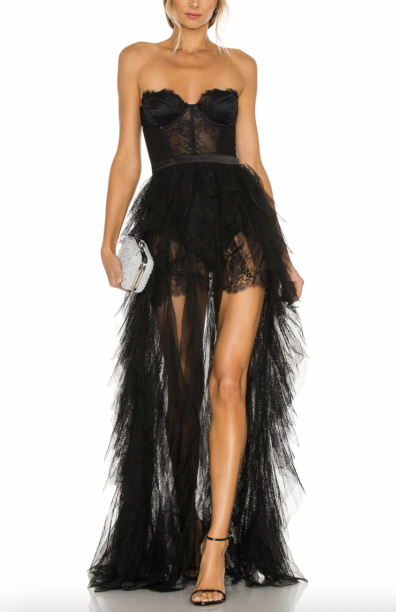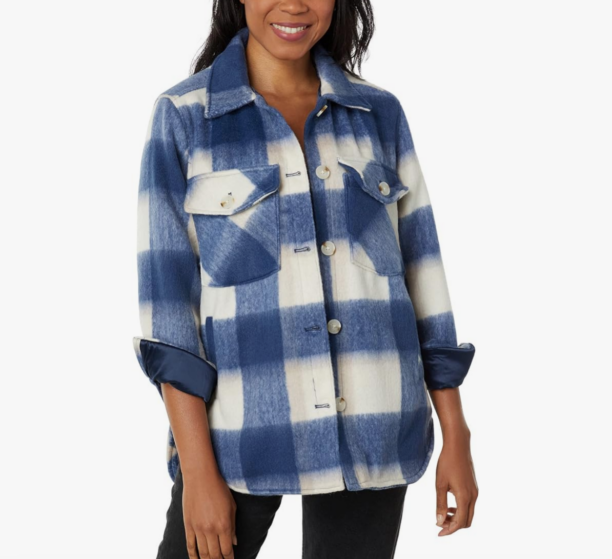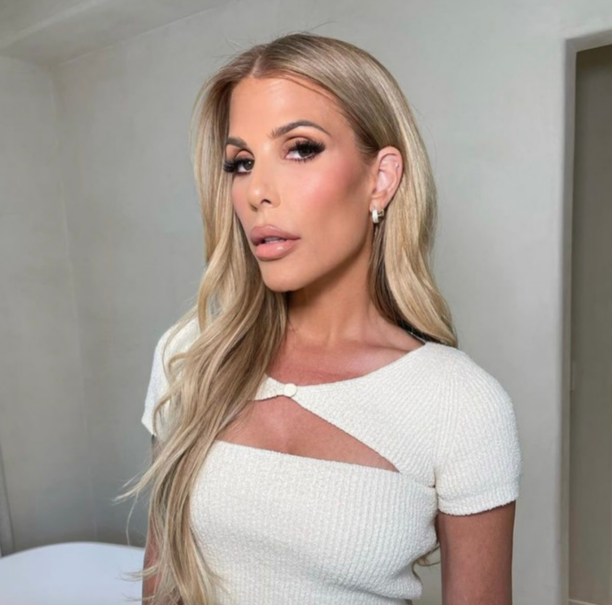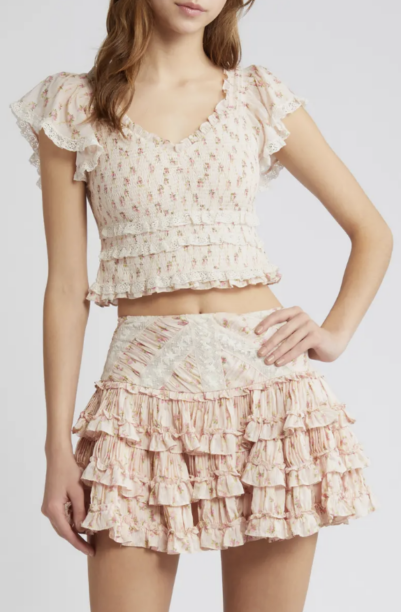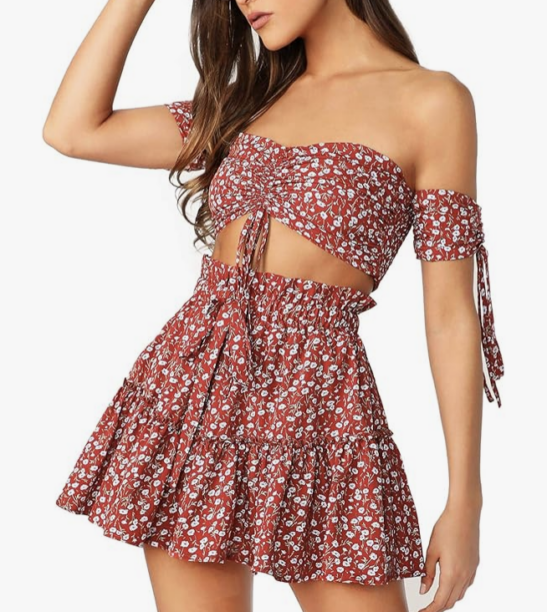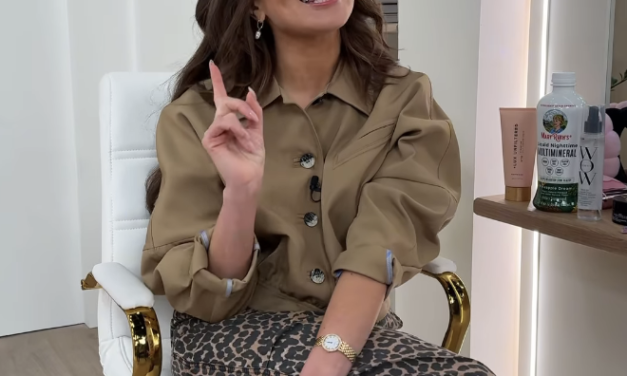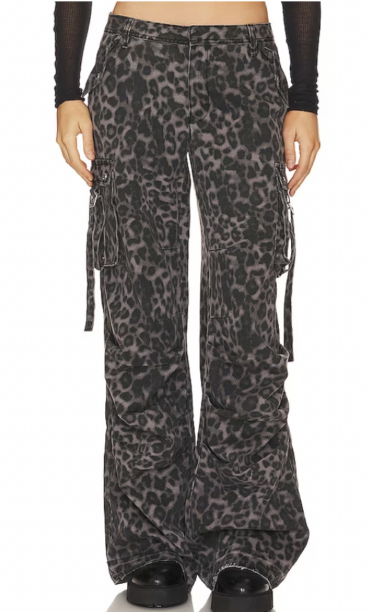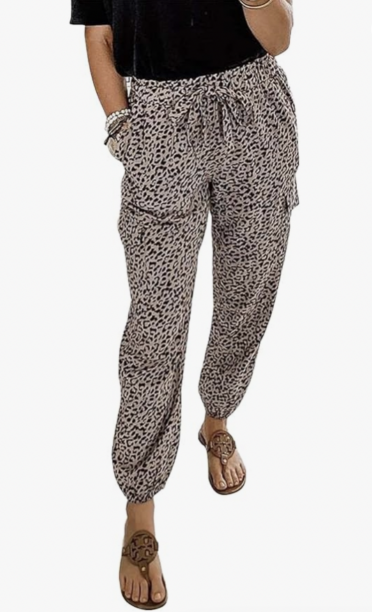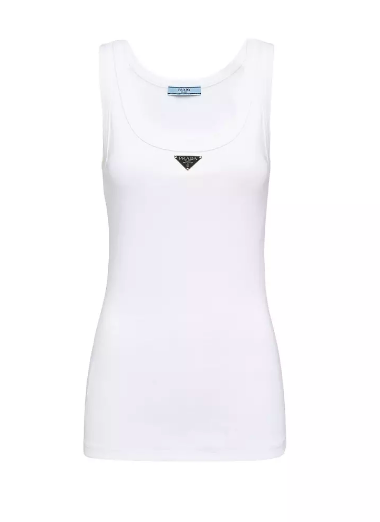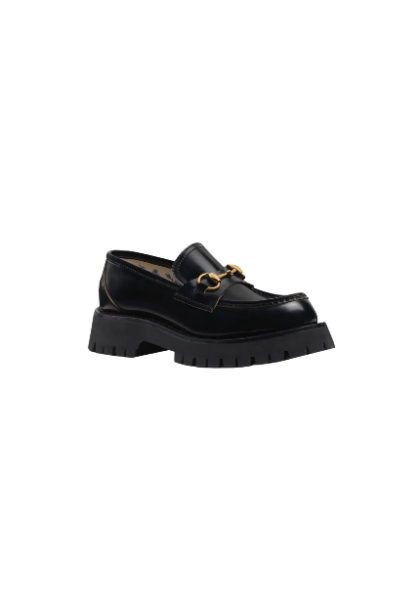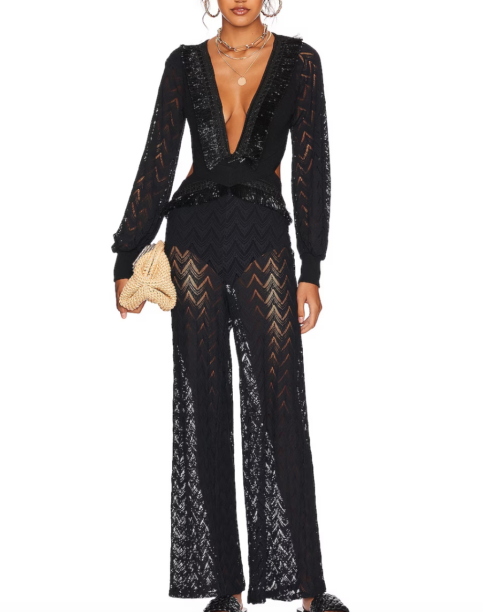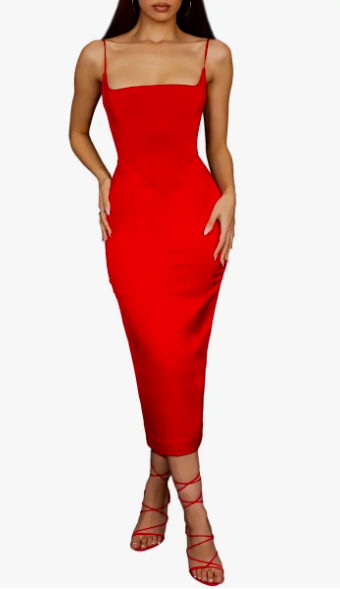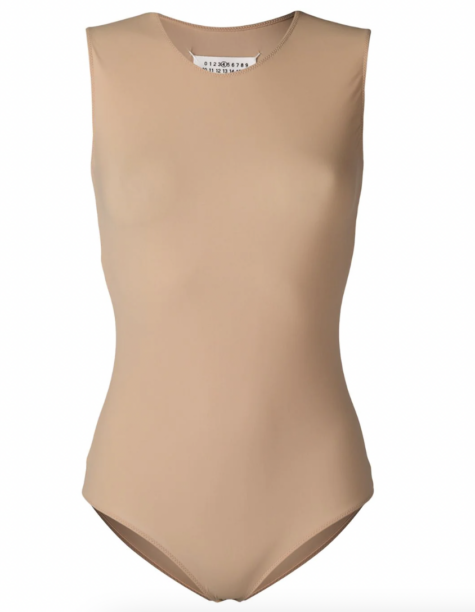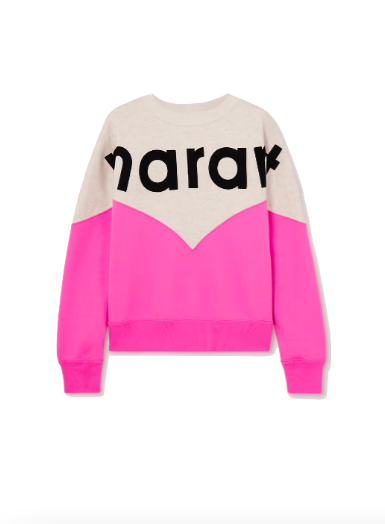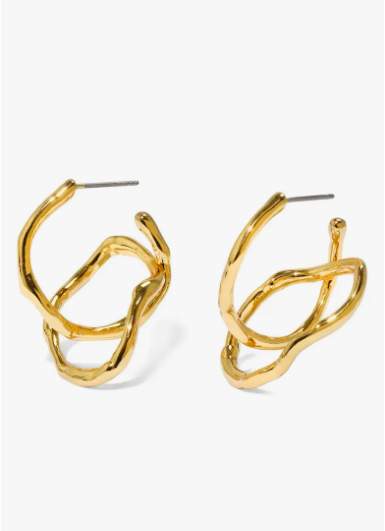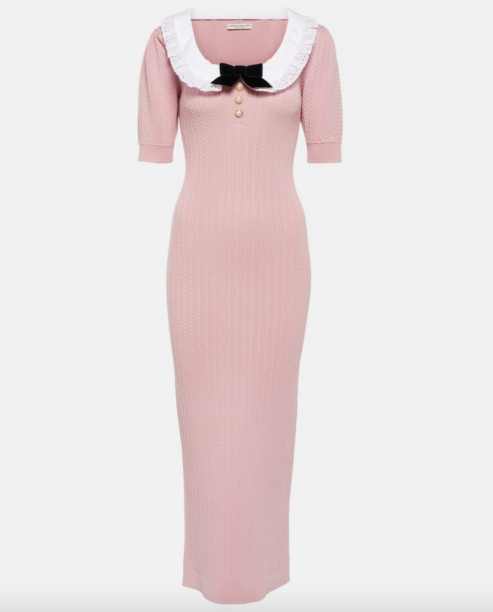5 Steps to Sell Your Business

It may not have been on your mind the day you started your business, but one day you’ll exit it. If you’re at the point in your business life-cycle where you’re starting to think about an exit, selling a business may seem overwhelming. It doesn’t have to be. Here are the five steps to make the transition efficiently and effectively.
Set Transition Goals
Stephen Covey first coined the phrase “start with the end in mind” in his book The Seven Habits of Highly Effective People. When planning your business exit, this is excellent advice. First, ask yourself why you want to leave your business? Are you burned out, are you ready to retire, looking for new challenges, or is the business not providing enough financial rewards?
After you have the why, think about whenyou would like the primary responsibility of your business to switch to someone else. Consider who the ideal buyer will be. Is it a key employee, a competitor, a family member? What role do you want to play after the business is sold? Do you want to simply walk away, or do you see yourself helping in the transition or playing a smaller role?
Finally, try to estimate what the business is worth to a potential buyer. (I’ll write a separate blog post on how to estimate your business’ value in the future.) For now, you can either estimate the value based on net profit (gross revenue minus expenses) or do research to see what other businesses in your field have sold for recently.
Assess Your Business
Every business owner needs to do a self-assessment called a SWOT analysis. If you’re not familiar with this term, it stands for Strengths, Weaknesses, Opportunities and Threats. This is an honest review of what your business does well, what its weaknesses are, a list of opportunities for your business and an assessment of the threats to your business. You’ll use this assessment in a variety of ways as you move along the path to the sale of your business.
The key to getting maximum value from a SWOT analysis is to look at your business from the perspective of a potential buyer. As business owners, we tend to see things only from our perspective.
During this step, you will request a formal business valuation from an independent business valuation expert.
Here is a free SWOT template you can download.
Improve the Business
Using the information you gathered from the previous step, you can improve the business to make it easier to sell. Think of it like selling a house.
A real estate agent listing your house for sale will do a preliminary walk through and recommend changes to enhance the house’s value in the eyes of a buyer. The agent might suggest new countertops for the kitchen and master bath, refinish wood floors or get the roof fixed. The agent will recommend you remove clutter and have the house staged.
It’s the same when you are ready to sell your business. You’ll want to improve the business where it matters and not in areas a buyer won’t value. Here’s where the SWOT analysis you did in step two comes in. Using the list of weaknesses you created in your SWOT analysis, you might spend six months to two years improving your business.
Maybe you’ll update your books and records, document critical standard operating procedures, or go through your P&L to see what you can stop doing, start doing and keep doing to make your cash flow as positive as possible. Like upgrading a house, focus on the things that matter to a potential buyer.
Market the Business
This is my favorite part of selling a business because in this step you’ll write your business’ story in as positive a light as possible. Again, using the SWOT analysis, you’ll highlight your unique value proposition, your list of happy clients, your personal story from start-up to success, and describe the opportunities you see for your business and industry.
After you’ve crafted your story, you’ll want to shop your business to friends, family, competitors, professional contacts and your professional network. Of course, this must be done carefully and confidentially to ensure clients, customers and your team are not alarmed. This takes artful conversations and careful activities.
Sell the Business
This is the last step in your journey, and it’s one where you may need the most support from other professionals. There are three critical parts to the sale:
Due Diligence
Once a potential buyer and you are acquainted, you’ll start the due diligence process. It starts with you and the buyer signing a non-disclosure or confidentiality agreement that protects your interests. Then, you and the buyer will share details of your business and the buyer will share information about their ability to purchase your business and their plans for the future of your business.
Terms of Sale
You’ll negotiate the terms of the sale including timing, terms, price, and your role after the sale. You’ll include these details in a formal sale/purchase agreement. Your accountant and business attorney play critical roles in this part of the sale process as they educate you about tax implications and draft the agreement.
Transition Plan
After you sign the sale/purchase agreement, you and the buyer will agree on the transition plan. This is the nitty gritty of roles, responsibilities, and timing, including how to tell your team, clients, vendors, and the marketplace.
Summary
Selling your business may seem overwhelming when you’re at the start and in the middle of the sales journey. However, thoughtful planning in step one and consistent effort in the remaining four steps will get you to the end. It’s not easy to sell your business, but you can do it with the right mindset, enough time and good support along the way.
Let’s Have a Conversation:
Have you thought about the future of your business? What questions do you have about this exciting, daunting and exhilarating process? Please let me know and I’ll answer them directly or in a future blog post.
Read More






